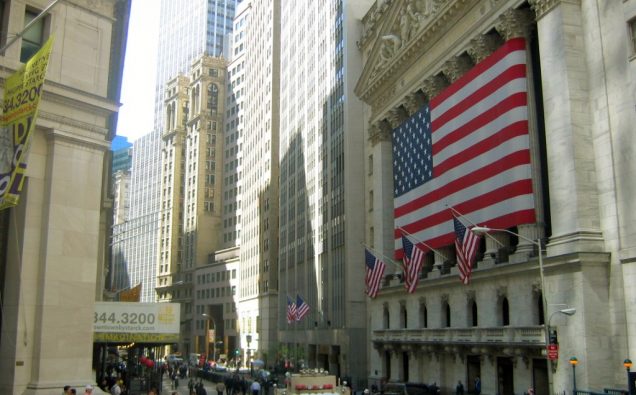
What has the year 2020 in store for world economy in view of risky US-China trade war that consumed attention of economists in 2019?
The trade war between the two largest economies created both threats and opportunities, giving rise to a mixed picture with some serious uncertainties.
But different studies also see the unprecedented tit-for-tat protectionist measures by both the economic giants as triggering a massive consumer spending in both countries.
One of the results has been that economies have largely remained buoyant, sustaining economic activity.
As 2019 drew to a close, both Washington and Beijing went into a cooling mode, stepping back from high tariffs on a number of items but the trade war during much of the year made businesses and farmers think of new ways.
In the holistic context, exports and imports declined in both countries in the first ten months of 2019, compared to a year ago. That came amid slower trading activity worldwide — a trend some experts said started even before the U.S.-China trade war.
The overall pictures shows that the U.S. trade deficit – a result of imbalance with China – remained almost the same in the year despite the fact that the U.S.-China trade imbalance shrunk from $344.5 billion in the January-to-October 2018 period to $294.5 billion a year later as per the U.S. Census Bureau.
The trade war coincides with China’s rise and America’s unprecedented political and economic preeminence on the global chessboard.
The U.S. consumers have been described as a force that sustains the economies of several countries, boosting their output and exports to the American market.
In Beijing, the previous communist economy has a lot of eggs in the basket of its own burgeoning middle class that is going to be major bulwark for the Chinese economy feeling the heat of trade war with the world’s only superpower.
China’s giant middle class is still growing and companies from Walmart to start-ups are trying to cash in, according to the report.
A McKinsey analysis, cited in a CNBC report, indicates, the Chinese middle class could reach 550 million in three years — more than one-and-a-half times the entire U.S. population today.
A number of multinational companies compete for market share with local brands, some of which have emerged almost overnight.
Walmart has three Sam’s Clubs in Beijing, including this one in Daxing District. The company plans to open five more in the capital city.
Consumption overall is robust, and it’s new consumers entering the middle class, and that is the primary driver of growth in the China market.
But just an expansion in consumerism is not going to bolster the Chinese economy. The trade war has affected the GDP growth in the both the countries
Some analysts say there is still a win-win situation for both the economies. Despite slowing of the economy, the retail sales remained a bright spot in the world’s top two economies during the year 2019.
The U.S. dollar and Chinese yuan moved in different directions in 2019, while stocks in both countries rallied last year.
Several economists predicted that growth rates in both countries could moderate even more in 2020, due to their continued trade friction and respective domestic challenges. That would add pressure to an already fragile global economy.
Yet, there is still a feeling of optimism despite a slowdown in China’s box office growth. For Beijing’s economy today, the consumer is a critical opportunity – and source of growth.
In China, Sam’s Club stores feature an array of overseas brands highly sought after by Chinese tourists, as well as domestically selected products under an in-house brand. Of these, some popular items, such as a durian layer cake, were created by domestic staff, the report says.
The high level of local influence speaks to a growing trend for success in China: homegrown brands.
Nike recently reported strong sales in the country. But on installment purchase site Fenqile, the e-commerce company said the sales growth of Chinese sneaker brand Huili is far outpacing that of Nike and Adidas. Sales of Chinese fashion brands and beauty products also more than tripled in August, Fenqile said.
According to CNBC, Makeup company Perfect Diary launched just over two years ago on Alibaba’s Tmall e-dcommerce platform. The start-up targets the generation born in the mid-1990s or later with marketing campaigns featuring popular Chinese singers and partnerships with institutions such as London’s British Museum.
Perfect Diary became the first cosmetics brand to achieve sales volume of more than 100 million yuan in 2018 during the Nov. 11 shopping holiday, the report says. The company is also launching physical stores, with plans to quadruple its physical stores to 40 by the end of this year, and 600 in three years.
Under the circumstance, even an intense trade of the decade, may not slow down the growth of Chinese economy.
As for the U.S. it remains robust with record unemployment and brimming confidence on the Wall Street.

















